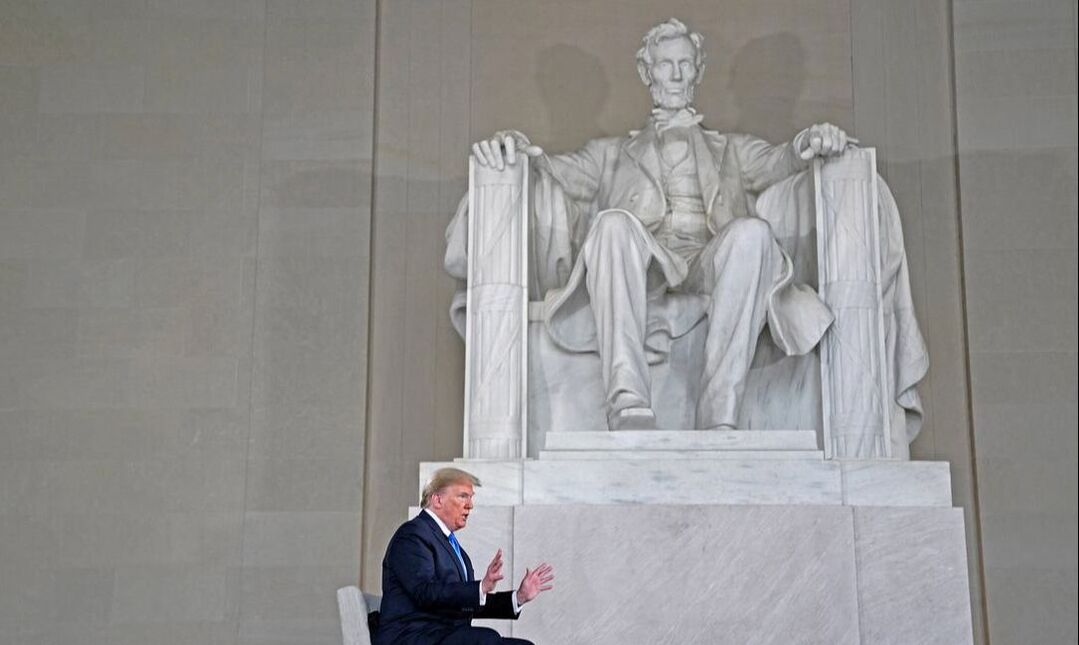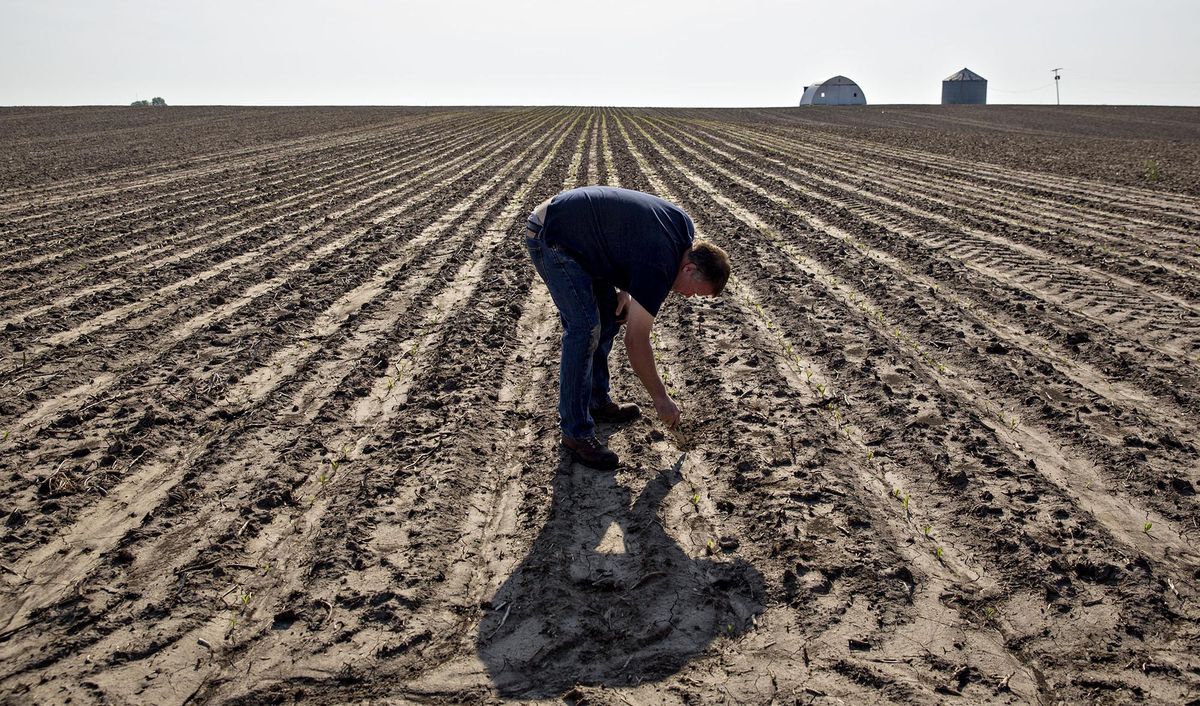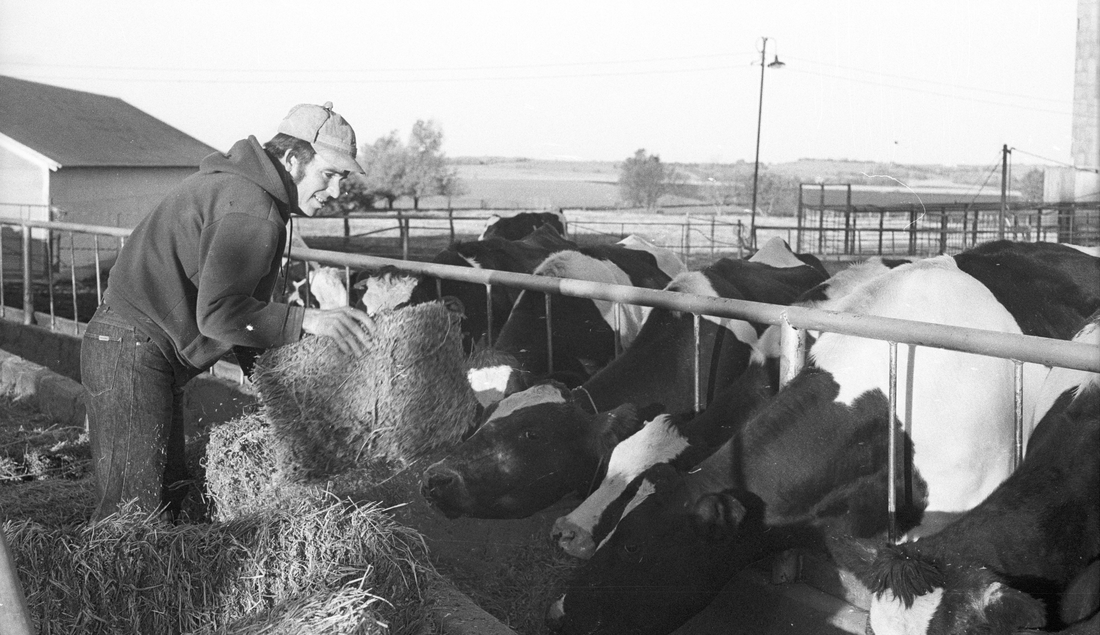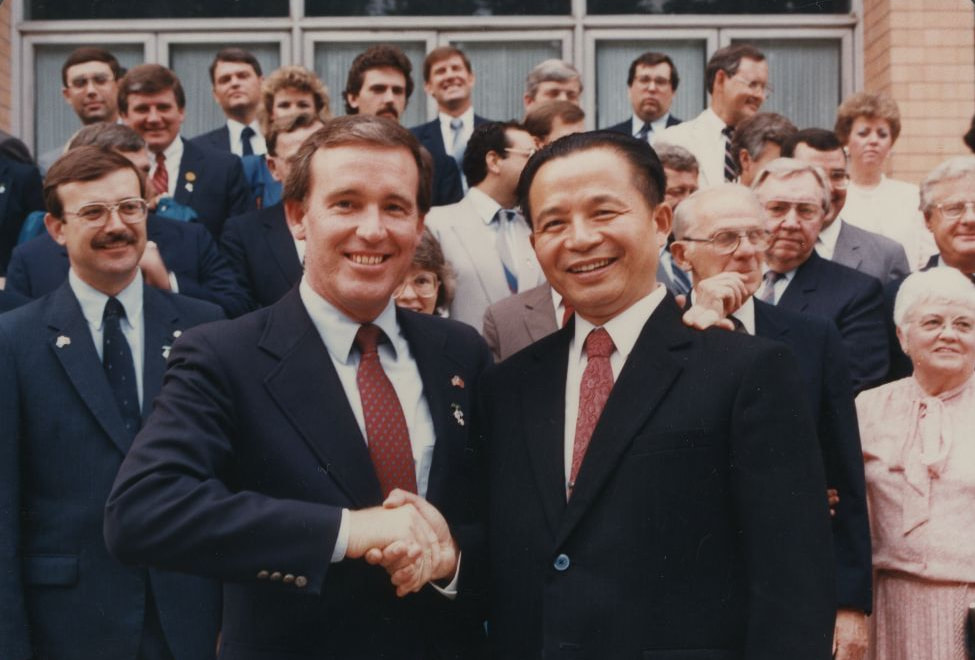What needs to be made clear now is that infrastructure goes far beyond roads and bridges. Throughout the course of our history, that definition has changed—and should continue to change—over time as our needs evolve. In the late 1800's, the transcontinental railroad connected the country, and it laid the foundation for rail infrastructure development that continues to move people and goods efficiently from coast to coast. In the 1930’s, rural electrification was an infrastructure investment that provided an important utility, improved quality of life, and opened the door for more development in all areas of the country. In the 1950’s, infrastructure meant the Interstate Highway System—which supported transcontinental travel and commerce. Today, infrastructure must include broadband, housing, elder care and, yes, childcare. Investments that promote more engagement in the economy—and support the workforce that makes things happen—should be what meets the definition of modern infrastructure, needed for growth today and into the future.
I understand why the Republicans are taking the position that President Biden has a lot of “non-traditional” infrastructure in his plan before Congress. Given how, recently, Republicans often live in the past, taking that position should not be a big surprise. They frequently don’t see the big picture, connect the dots, and combined with their typical response of opposing any and all Democratic proposals, we should not in any way be surprised.
I expect there are Democrats who are a little puzzled about the Republicans' resistance given the last major Infrastructure plan was with President Eisenhower and the Interstate Highway Program back in the 1950’s. That effort was focused almost exclusively on much of the concrete we drive on today—and for the cross-country connections made and the positive impact on the economy.
What makes today so different is all the changes that have happened in the last sixty years to make today very challenging and the demand for new approaches very real. Today, broadband (for which there is some Republican support) has to be part of any infrastructure package because fully connecting the country takes much more than just roads and airports. Combined with our climate change challenges, dealing with the advancement of electric cars, and in concentrated urban areas much more efficient rail transportation, shouldn’t we be pleased that Biden rightfully looks at infrastructure needs more broadly?
Look at all the countries that in one area or another have caught up with us on infrastructure just in the last 30 years. China obviously leads the pack. But to put that in perspective, if you go back to the 1980’s when our Interstate Highway System was complete, on my 1982 visit to Henan Province, we rode on several dirt and sand roads that connected population centers. In fact, support and partnership on infrastructure from the Kansas Department of Transportation was included as an original component of our Sister-State relationship with Henan Province, which was established during our visits in the 1980’s. Now, contrast that with today, where China has surpassed us with very modern transportation systems that include high speed rail and airports that put ours to shame.
But much of the real investment Biden wants to make is in families as part of this program, which is much more than just raising some folks out of poverty and paying a fair wage. He knows that our current education system needs an upgrade to provide a quality workforce with the skills needed for us to compete in a fast changing world. He also knows that the availability of high quality childcare will be a must for many families to participate in the workforce of tomorrow.
Fortunately, there are communities stepping up to take some action on their own. I call your attention to what Lindsborg, Kansas is doing. They knew in many ways that they had a very attractive community with much of the extras that make the quality of life high. But they learned from their research the problem holding them back from growth was the lack of quality child care. Located between McPherson and Salina they knew the jobs existed but the families who were looking to locate in Lindsborg wanted the quality childcare that currently was not there. More detail can be found in an article “Nurturing Prosperity” in The Journal, published by the Kansas Leadership Center in Winter 2021. It provides a great example of how a community can step up to help meet needs, improve quality of life, and enable more growth.
Maybe what surprises me the most, not really, is much of the corporate community and particularly the wealthy who don't want to help pay for Biden’s plan, when in the end they will be the ones who likely benefit the most. Remember, they got the big Trump tax cut and now with Biden’s plan, yes, they will pay more but not fully back to the level prior to the cut. Adding salt to the wound, the previous administration cut the Internal Revenue Service budget so much that they do not have the staff to collect all the taxes that are due. Now combine that with some of the most wealthy, including corporations, who currently pay no taxes. Chew on that for a while.
Biden’s package for building back better is non-traditional but reflects his understanding of the changes and the challenges we face—and what we must do to have the future we want for coming generations. Hopefully, those who are savvy, investment-wise Republicans can send a message to their elected Republicans that infrastructure is not partisan and that the time is now to do what is smart, period.





 RSS Feed
RSS Feed